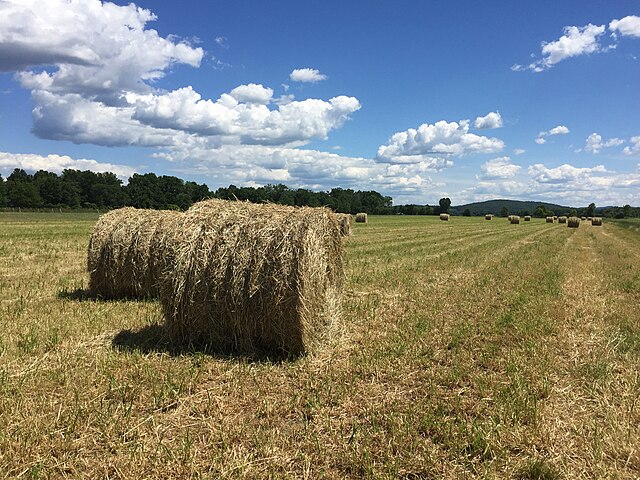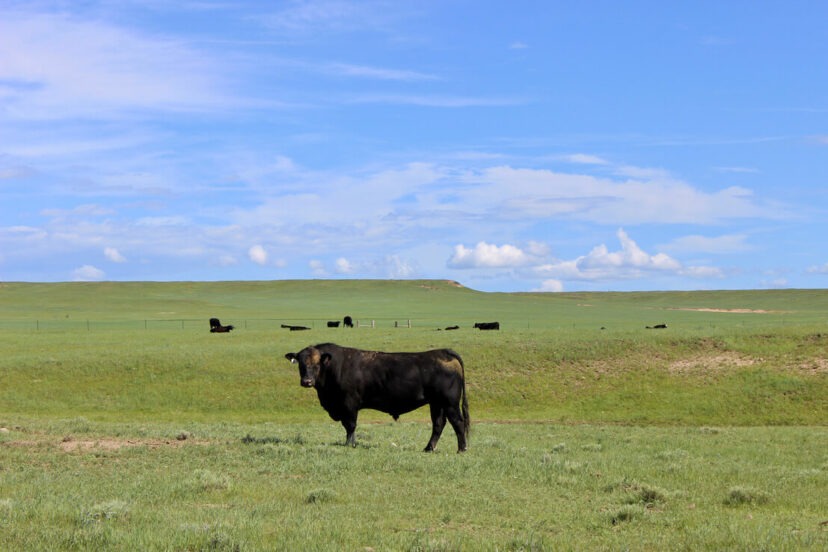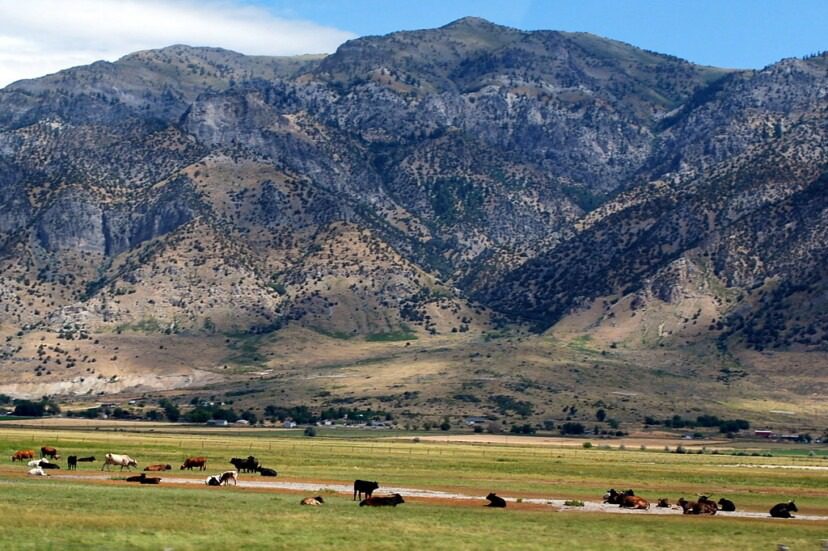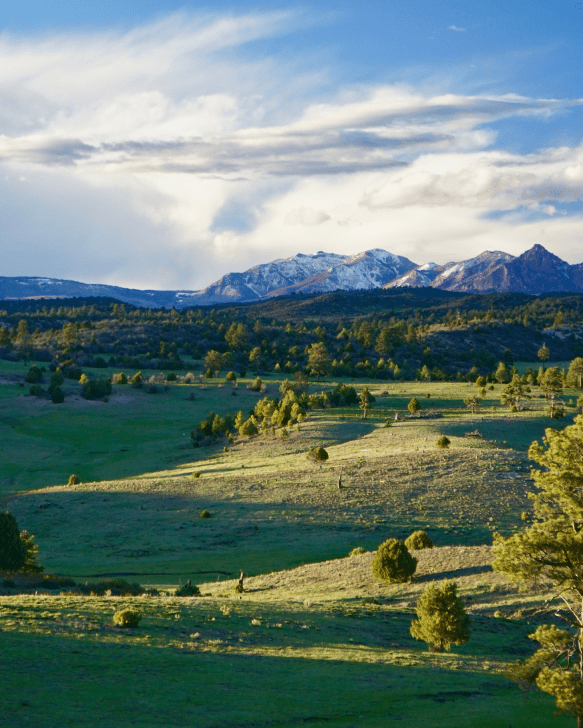Ranch property owners with significant acreage might be missing out on an important income opportunity. And, as a bonus, they could help sequester carbon dioxide and assist with the ongoing climate crisis.
The carbon market is significant, and large corporations that, by simply doing their business, contribute carbon dioxide to the atmosphere are under increasing pressure to lessen their impact. In order to do that, the companies buy carbon credits. Ranchers who put the best environmental practices into play on their land stand to earn money from these payments.

How does the carbon market work?
The market for carbon fluctuates frequently, but a metric ton of carbon dioxide can sell for anywhere between $20 and $80. Under the right circumstances, a large ranch with thousands of acres of land managed for carbon recapture and storage, participation in a carbon program could net the landowner several hundred thousand dollars a year.
Large corporations, such as oil companies or giant retailers like Walmart, are under social pressure to reduce the amount of carbon they put into the atmosphere. Carbon dioxide is a “greenhouse gas” that contributes to warming temperatures across the globe. By buying carbon credits from a certified carbon program, these large companies are, in effect, paying others to pull carbon from the atmosphere and store it in the soil.

How can ranch owners participate?
It seems like a complicated proposition, but collecting and storing carbon dioxide is a natural process that can be done with minimal effort. The good news is that most ranches in the West can qualify to participate in the carbon market just by keeping their rangeland healthy and making sure livestock are moved frequently and strategically to protect the food crops that cover the ground. These cover crops — anything from alfalfa to barley — pull carbon dioxide from the atmosphere through photosynthesis and inject it into the ground. That carbon will stay in the ground so long as the cover crops stay healthy and the soil beneath them is undisturbed.
Ranch owners willing to implement some basic environmental standards can be eligible for carbon payments. The standards involve “regenerative agriculture” practices that require ranchers to plant cover crops that absorb carbon from the air and pull it into the soil through their roots.
Through some simple testing, carbon-capture programs can determine just how much carbon dioxide can be captured and stored on ranch property, and a payment schedule can be determined. Frequent testing is conducted over time to ensure the cover crops are functioning as intended and that the soil is capturing atmospheric carbon at an acceptable rate. If everything works like it’s supposed to, carbon payments will continue in perpetuity, adjusted, of course, by the fluctuating market.

The final word
Carbon recapture isn’t without its critics, but science doesn’t lie. Plants and trees pull carbon from the air and store that carbon in the soil by pulling it through their roots. There may be some question as to how much carbon certain plants capture and store, which might make some ranch property more or less valuable on the carbon market. But there is no disputing the fact that cover crops do, indeed, capture carbon and hold it in the ground.
For a ranch owner to get the most out of the carbon market, a consultation with a certified carbon program is needed to determine the best crops for carbon sequestration and a management plan for those crops. Once completed and in operation, a carbon storage plan can offer ranch owners another stream of income.


